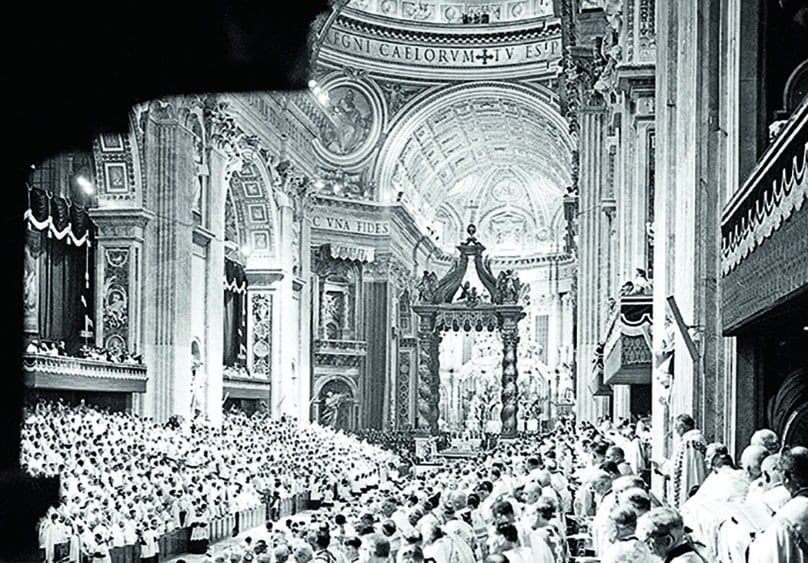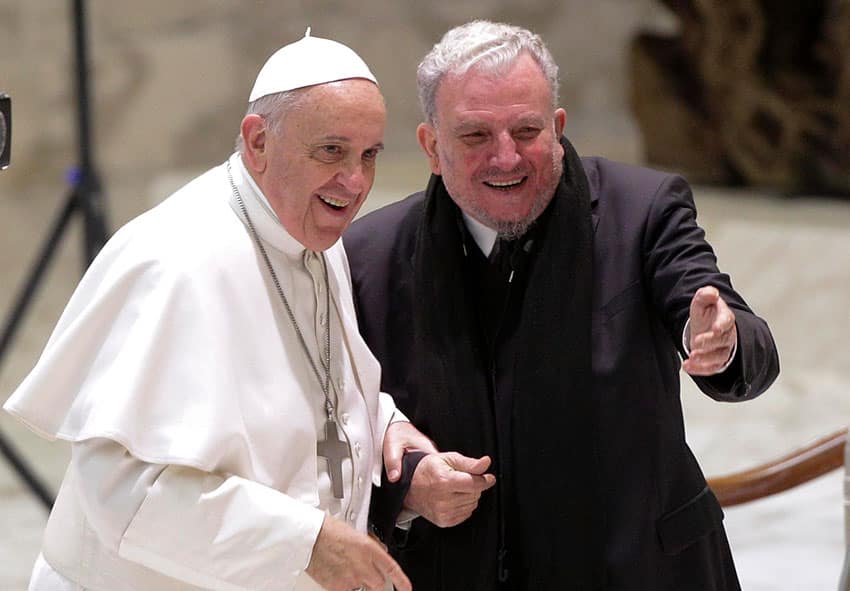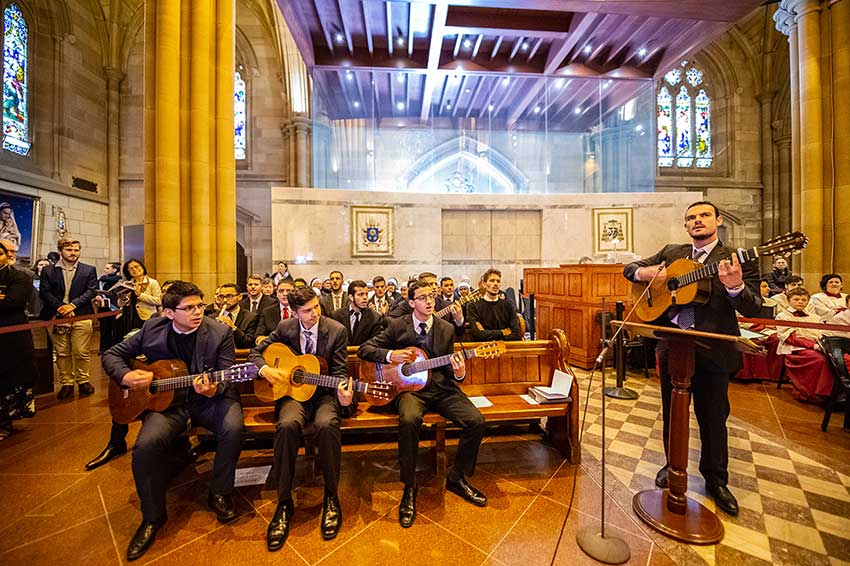
Church Renewal through the Holy Spirit
The crisis in society, in Church Life, and in vocations is not new.
Already back in the 1960s, the Church herself was searching for understanding and solutions to the challenges of the modern world.
What became evident was that the Holy Spirit was saying that we need to look to the Apostolic Model of Christian Life and Evangelisation.
“We know from history that the Holy Spirit – from time to time and never by chance – inspires particular saints or charisms to assist the Church in her mission.”
It took a few saintly pastors like St John XXIII to convoke the Second Vatican Council and St John Paul II to progress its implementation.
We know from history that the Holy Spirit – from time to time and never by chance – inspires particular saints or charisms to assist the Church in her mission.
With Vatican II came the realisation that there was little formation in faith and hence many of the people of God were not able to respond in a way necessary to live holy and fruitful lives; vocations to the priesthood, to married life and to mission were all in crisis.

The post-Baptismal Catechumenate in the Neocatecumenal Way
In this same period, in the early 1960s, the Holy Spirit inspired an unlikely combination of two Spanish lay people, Kiko Arguello, an artist, and Carmen Hernandez, a theologian, to discover that they were part of a mission to introduce a post-Baptismal Catechumenate into parishes which has come to be known as the Neocatechumenal Way.
Though the sole intention was only to live with the poorest of the poor in the slums of Madrid, the Lord instead brought to birth a Community of brothers and sisters who came to share the same desire to discover the true meaning of their baptism.
Through this itinerary, to everyone’s surprise, these people began to seriously change their lives.
“Following this original experience, and at the request of many bishops, this charism spread to many parishes, countries and continents, including Australia in the late 1970s.”
The Archbishop of Madrid at the time understood through this that there was a need within the parish for a new kind of “Intensive Care Unit” where the broken could be nurtured and sustained.
Following this original experience, and at the request of many bishops, this charism spread to many parishes, countries and continents, including Australia in the late 1970s.
With the formation of parish-based Catholic Christian communities, the common people of God can now be led through a serious Initiation to Faith, discovering God’s love, independently of their moral state, and the joy of finding their place in the Church.

The fruits of the Way
The fruits of this initiative have been enormous: couples have again discovered a generosity in having children; whole families have volunteered to be missionary; numerous singles have discovered the joy of a life of service; and many young and available men have now been able to offer themselves to become formed as missionary priests, to serve in the most needy of places.
Hence the first of many Redemptoris Mater seminaries was established under the guidance of the Great St John Paul II in Rome in 1987, given the challenge of forming faithful holy men, willing to serve as missionary priests, even to the remotest ends of the earth.
There are now more than 120 such seminaries, 2,000 seminarians in formation and more than 2,000 priests ordained.
“We have a beautiful purpose-built facility in Chester Hill where the seminarians can live and experience first hand the generosity of the Lord.”
One of these seminaries, is right here in Sydney.
We have a beautiful purpose-built facility in Chester Hill where the seminarians can live and experience first hand the generosity of the Lord himself through the contributions of all those who have been supporting the seminary since its inauguration in 2002.
We are now halfway through paying off a $5 million loan, and daring to tackle the challenge of soon building a landmark Chapel to give even greater glory to God.
I would encourage anyone interested in supporting us to visit our website: seminary.org.au
